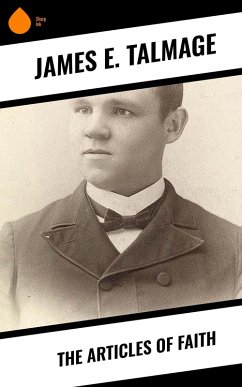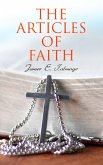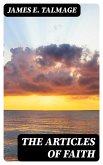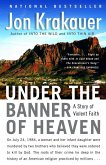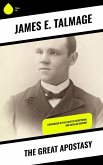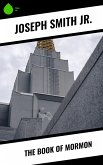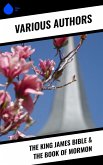In "The Articles of Faith," James E. Talmage presents a comprehensive exploration of the fundamental doctrines of The Church of Jesus Christ of Latter-day Saints. Written in a clear yet profound literary style, Talmage delves into the core tenets of Latter-day Saint belief, articulating intricate theological concepts while maintaining accessibility for the lay reader. The book is notable for its analytical depth, reflecting Talmage's engagement with both religious doctrine and contemporary philosophical discourse, which situates it firmly within the context of early 20th century religious thought. James E. Talmage, a prominent Latter-day Saint scholar and leader, was the first to receive a doctorate in sciences among church members. His extensive background in chemistry and theology informed his scholarly approach to religion, providing a unique lens through which he examined the doctrines of his faith. Talmage's commitment to education and understanding was deeply rooted in his desire to bridge the gap between faith and reason, motivating him to pen this seminal work as a guide for both believers and inquirers alike. This book is highly recommended for readers seeking to deepen their understanding of Latter-day Saint theology and for those interested in how faith intersects with intellectual inquiry. Talmage's articulate exposition makes "The Articles of Faith" an essential resource for scholars, students, and anyone curious about the foundational beliefs of this vibrant religious tradition.
Dieser Download kann aus rechtlichen Gründen nur mit Rechnungsadresse in A, B, BG, CY, CZ, D, DK, EW, E, FIN, F, GR, HR, H, IRL, I, LT, L, LR, M, NL, PL, P, R, S, SLO, SK ausgeliefert werden.

